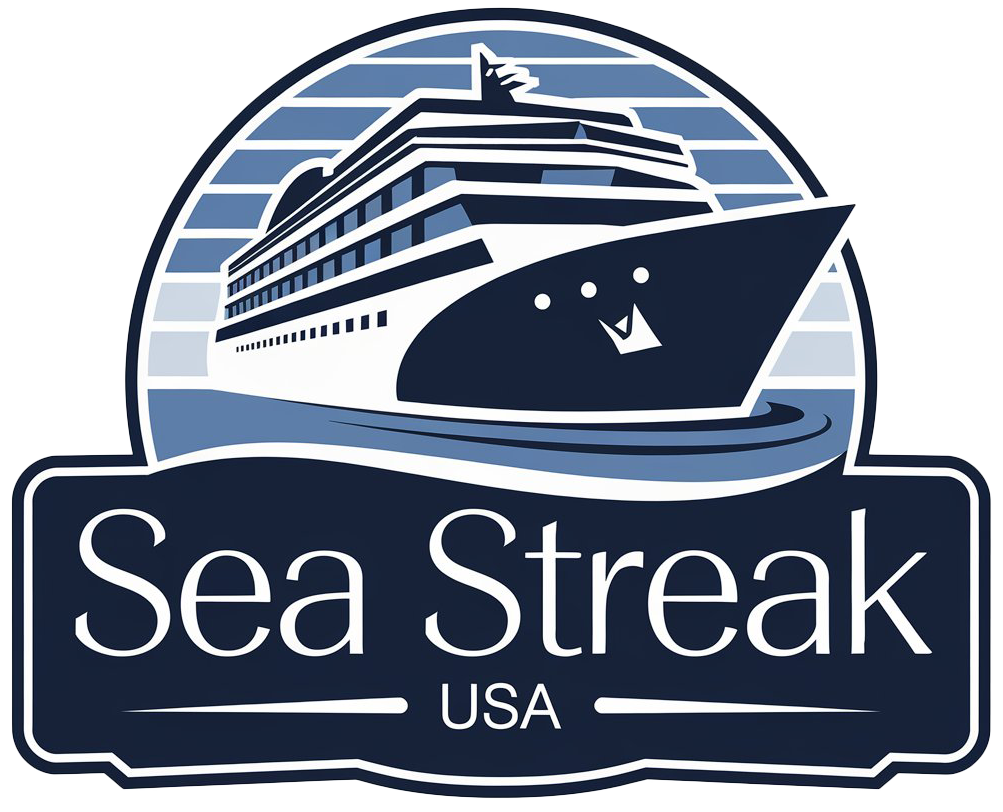Seasickness can turn what’s supposed to be a relaxing cruise into a challenging experience. If you find yourself feeling dizzy or nauseous while out at sea, understanding effective seasickness remedies for cruise travelers will empower you to manage your symptoms effectively. Taking proactive measures and knowing how to deal with nausea at sea are essential for getting the most out of your journey on the waves. In this article, we will explore various quick remedies that can help you alleviate discomfort, ensuring you can focus on the stunning views and unforgettable experiences that await you.
Understanding Seasickness and Its Causes
Seasickness, often called motion sickness, is a common concern for cruise passengers. Understanding seasickness starts with recognizing how the brain processes conflicting signals from the eyes and the inner ear’s balance sensors. This disorientation can lead to uncomfortable symptoms like nausea, dizziness, and even vomiting.
What is Seasickness?
Seasickness is a specific type of motion sickness that occurs due to the movement of the cruise ship. Symptoms generally manifest within the first 12 to 24 hours of embarking, although most people do not experience seasickness under normal conditions. That said, when navigating rough seas, fatigue, stress, or strong smells can intensify symptoms. Preventing seasickness on a cruise largely hinges on preparedness, including taking recommended medications such as meclizine or using natural remedies like ginger. The Medical Center on Royal Caribbean ships offers various medications, underscoring their commitment to passenger well-being.
Why Some People Are More Prone to Seasickness
Seasickness susceptibility varies among individuals due to several factors. Genetics often plays a role, as those with a family history of motion sickness may face higher risks. Psychological factors can also influence how one responds to ship movements; anticipation of discomfort may lead some to experience symptoms despite calm seas. Suggestions from experts like Dr. Benjamin Shore stress the importance of consulting healthcare providers before a cruise, particularly for individuals with previous motion sickness experiences. To enhance comfort, it is advisable to select cabins in lower and mid-ship areas, as these spots feel less movement.
In summary, employing various strategies can significantly reduce the effects of seasickness. Staying informed about weather conditions, maintaining a stable gaze on the horizon, and utilizing behavioral techniques can lead to a more enjoyable cruising experience.
| Motion Sickness Factors | Impact on Seasickness |
|---|---|
| Rough seas | Exacerbates symptoms |
| Fatigue | Can increase susceptibility |
| Strong smells | May trigger nausea |
| Cabin location | Affects sensation of movement |
What to Do if You Get Seasick on a Cruise?
Experiencing seasickness can be a daunting challenge while enjoying a cruise. Knowing effective strategies can significantly enhance your experience at sea. Below are some quick remedies and tips to help you handle this uncomfortable condition.
Quick Remedies for Immediate Relief
If seasickness strikes, various quick remedies for seasickness can provide immediate relief. Over-the-counter medications like Dramamine® or Bonine are popular choices and should be consumed about an hour before sailing into rough waters. The scopolamine patch, which delivers medications continuously, has gained popularity and can be a great help. For instant relief, stepping outside for fresh air can aid in resetting your senses and alleviating discomfort.
Natural Remedies to Alleviate Symptoms
For those who prefer natural seasickness remedies, ginger is highly regarded for its effectiveness in reducing nausea, with studies showing that it can alleviate symptoms in 75% of cases. You can consume ginger in various forms, such as tea or candy. Acupressure wristbands are another solid option, applying gentle pressure to specific points on your wrist without any side effects. Light snacks like crackers or green apples may also stabilize your stomach and minimize nausea, enhancing your cruising experience.
Tips for Handling Seasickness During Your Cruise
Preventing seasickness on a cruise often starts with planning. Select a cabin located mid-ship, which tends to experience less motion, significantly decreasing symptoms by about 40%. Make sure to maintain proper hydration and avoid starting your journey on an empty stomach, as approximately 60% of passengers report feeling better when well-fed. Engaging in activities like watching the horizon can be beneficial; in 65% of cases, focusing on stable points can lessen the severity of episodes. Limiting alcohol intake is crucial, as it may exacerbate symptoms. Incorporating these seasick tips for cruise passengers can lead to a more enjoyable adventure at sea.

Conclusion
Managing cruise seasickness effectively can transform your experience from distressful to delightful. By understanding the underlying causes and recognizing the various options available, you can tailor your approach to handling nausea at sea. Using both immediate and natural remedies, coupled with proactive strategies, ensures that you can focus on enjoying your cruise adventure and creating lasting memories with family and friends.
Preparation is key. Statistics indicate that a significant majority of the 20 million people who cruised in recent years experienced no seasickness. This highlights that with the right knowledge and tools, such as dietary considerations or effective remedies like ginger and acupressure bands, you can significantly mitigate discomfort and enhance your journey on the water. Follow the tips outlined, and empower yourself to make the most of your time at sea.
Whether you’re setting sail for the first time or are a seasoned cruiser, being informed about cruise seasickness management empowers you to navigate your voyage confidently. As you embark on your next cruise, remember that knowledge about seasickness can keep you from being sidelined by discomfort and allow you to fully embrace the joy of your travels. With careful planning and awareness, you’ll be well-equipped to enjoy every moment of your oceanic adventure.

